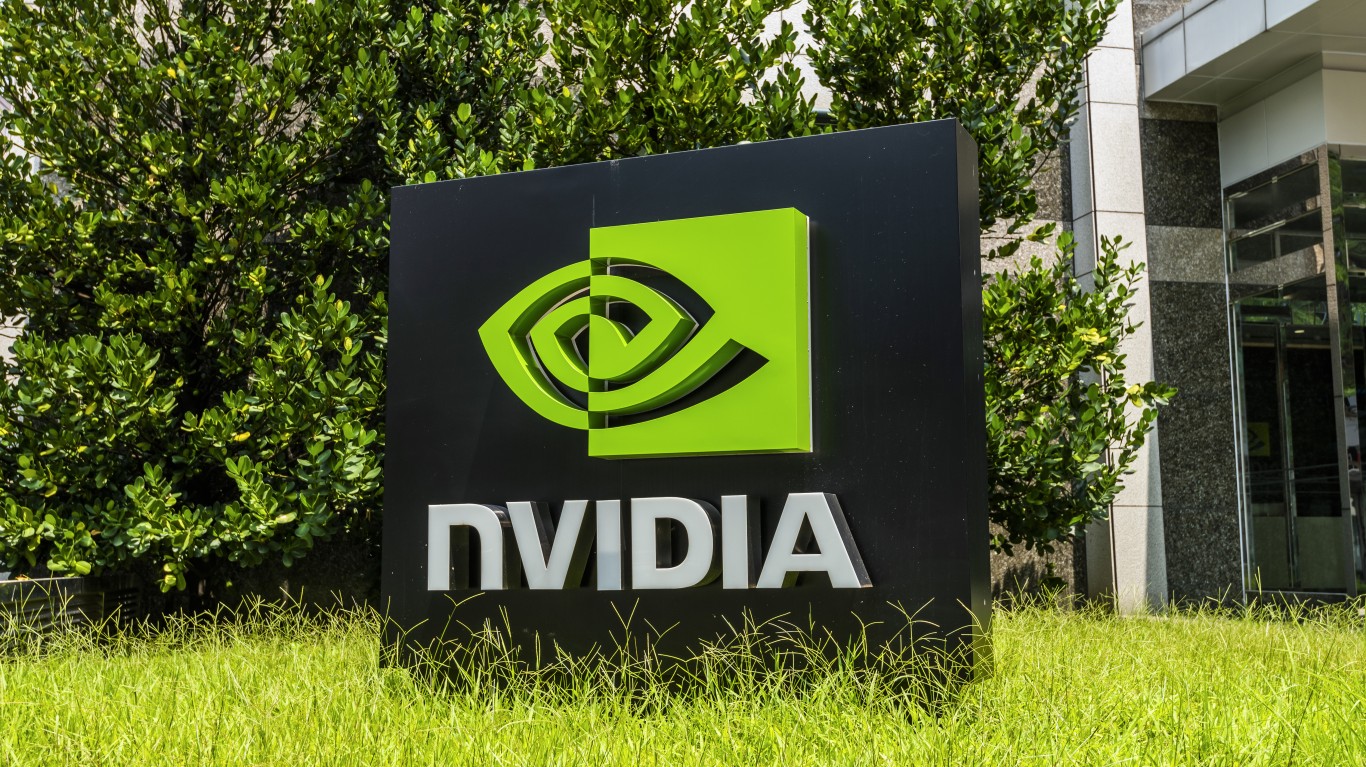 American companies have been criticized for years for outsourcing work, particularly to China and India. Much manufacturing work actually went to other nations, such as Vietnam and Mexico, but China has been a convenient target of criticism.
American companies have been criticized for years for outsourcing work, particularly to China and India. Much manufacturing work actually went to other nations, such as Vietnam and Mexico, but China has been a convenient target of criticism.
The first jobs to go abroad to allow US firms to decrease costs were manufacturing ones. Japan and Korea could employ workers for less than American companies. American companies needed to compete more effectively with the Japanese and the Korean companies. The Americans opened up plants in Mexico to build cars and in Taiwan and Korea to build TVs. This outsourcing worked, except that it decimated the US labor force. Wal-Mart (WMT) sources more of its goods from China than anywhere else. It would not have made any financial sense to have the same items made at American factories, at least not until recently.
Manufacturing was just the first wave of jobs to move overseas. American companies such as IBM (IBM) and Microsoft (MSFT) found that the cost of well-educated R&D workers was less in Asia than at home. Credit card firms and direct response companies found that call centers in India and Ireland could be run for a fraction of the cost of those in the US.
Unemployment is at 10% in the US and is higher among workers at manufacturing companies. The layoffs at car companies alone would match the population of North Dakota or Idaho. Unfortunately, there is not work for them there either.
China has begun to suffer from the problem that there is too much demand for its manufactured goods. It does not matter whether that is due to the dumping of these goods into other economies or an actual demand at market prices. The New York Times reports that there is a major shortage of workers for factories in the People’s Republic. Some people who might have labored at manufacturers have decided to get degrees from college and graduate schools. China’s population is also aging in a way that makes young workers scarce.
The US may want to set up an industrial free trade zone where China can make the goods it needs by utilizing US factories and US workers. The raw materials for the work would have to come into the US without tax and tariff. The finished goods would have to leave without encumbrances of federal or state levies. The trade zone would extend China’s manufacturing capacity located in America. They could be located anywhere that China would reasonably want them, and it would want them close to large pools of unemployed US factory workers and unused or under-utilized American plants. That would include areas like Michigan and Ohio.
It will never work, which is a shame. A sort of reverse manufacturing outsource program is just what the US and China need.
Douglas A. McIntyre
It’s Your Money, Your Future—Own It (sponsor)
Retirement can be daunting, but it doesn’t need to be.
Imagine having an expert in your corner to help you with your financial goals. Someone to help you determine if you’re ahead, behind, or right on track. With SmartAsset, that’s not just a dream—it’s reality. This free tool connects you with pre-screened financial advisors who work in your best interests. It’s quick, it’s easy, so take the leap today and start planning smarter!
Don’t waste another minute; get started right here and help your retirement dreams become a retirement reality.
Thank you for reading! Have some feedback for us?
Contact the 24/7 Wall St. editorial team.





